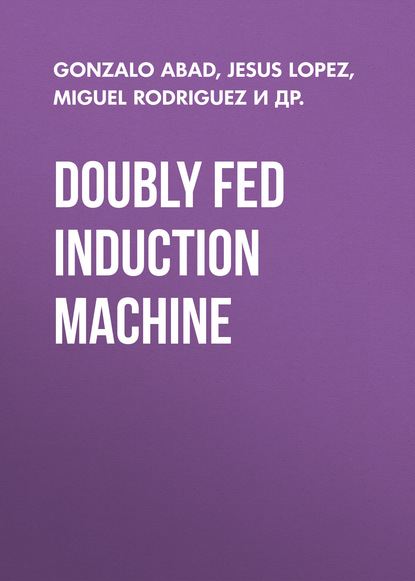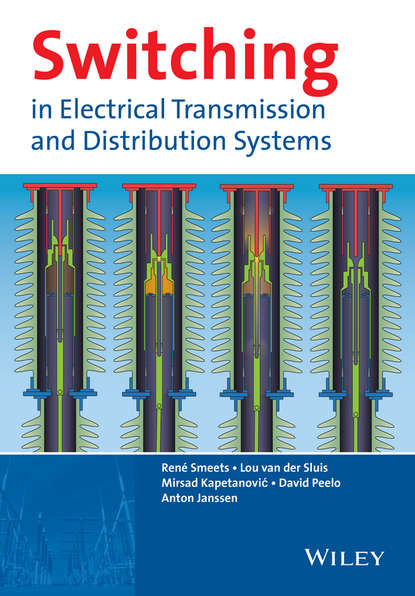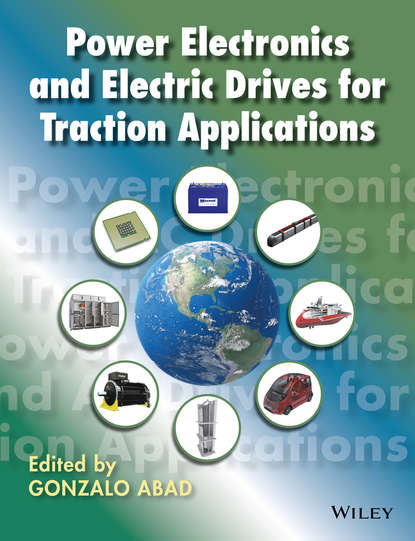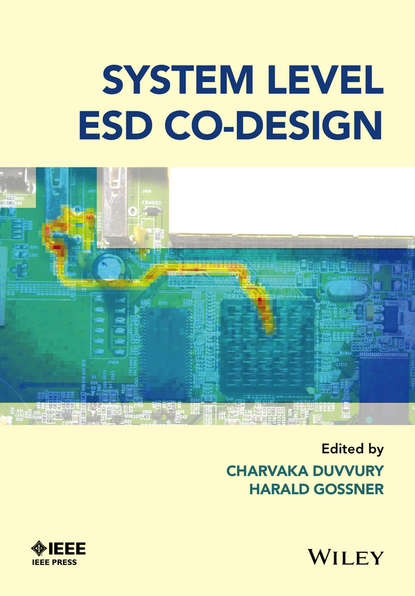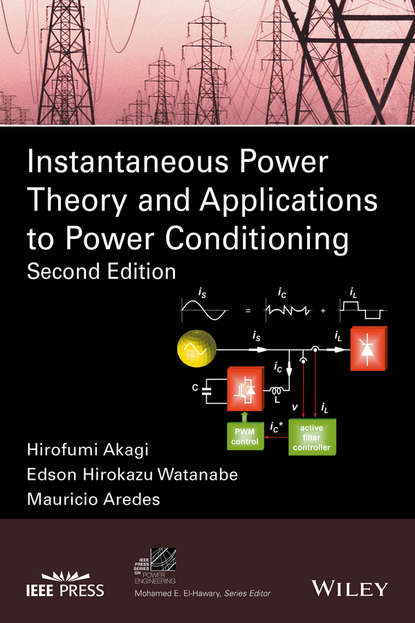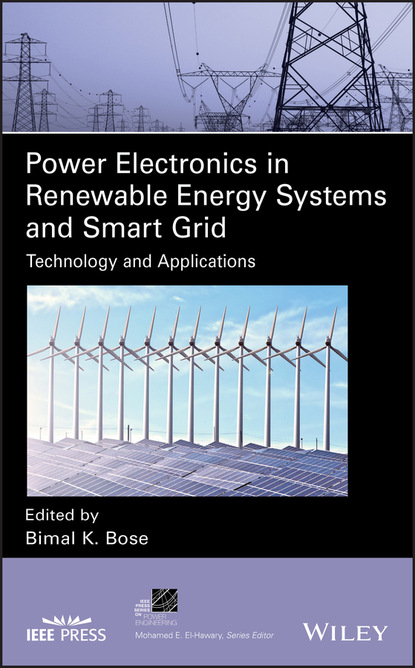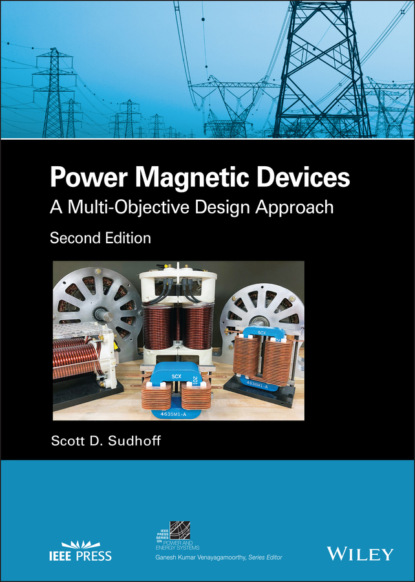Эта книга сосредоточена на моделировании и управлении двойноподводной индукционной машиной (DFIM), используемой в ветрогенераторах. В первой части книги будет проведено математическое описание различных основных динамических моделей DFIM, сопровождаемое подробным анализом стационарного состояния машины. Затем будет изучена более сложная модель машины, учитывающая возмущения сети, такие как падения напряжения и несимметрии. Во второй части книги рассматриваются наиболее актуальные стратегии управления, применяемые для DFIM при работе в приложениях ветроэнергетики. Изучаемые методы управления варьируются от стандартных решений, используемых производителями ветрогенераторов, до последних разработок, направленных на повышение эффективности высокомощных ветрогенераторов, а также решений управления и аппаратной реализации для решения различных неисправностей в сети. Кроме того, будет проанализировано автономное система генерации с использованием DFIM.
This book focuses on the modeling, and control of a Doubly-Fed Induction Machine (DFIM) based wind turbine. In part one, various mathematical models for the dynamic behavior of this machine will be derived, including a detailed steady state analysis. Afterwards, the robustness of the machine against grid disturbances will also be addressed. Part two of the text presents the current control strategies applied to the modulation of the stator flux of the DFIM. This includes the latest advancements, with an emphasis on highly rated wind turbine generators. Additonally, control techniques for side-stream currents and underpartially shaded states are demonstrated in this book. Finally, the operation of stand-alone DFIM generators is discussed.
Электронная Книга «Doubly Fed Induction Machine» написана автором Gonzalo Abad в году.
Минимальный возраст читателя: 0
Язык: Английский
ISBN: 9781118104941
Описание книги от Gonzalo Abad
This book will be focused on the modeling and control of the DFIM based wind turbines. In the first part of the book, the mathematical description of different basic dynamic models of the DFIM will be carried out. It will be accompanied by a detailed steady-state analysis of the machine. After that, a more sophisticated model of the machine that considers grid disturbances, such as voltage dips and unbalances will be also studied. The second part of the book surveys the most relevant control strategies used for the DFIM when it operates at the wind energy generation application. The control techniques studied, range from standard solutions used by wind turbine manufacturers, to the last developments oriented to improve the behavior of high power wind turbines, as well as control and hardware based solutions to address different faulty scenarios of the grid. In addition, the standalone DFIM generation system will be also analyzed.
